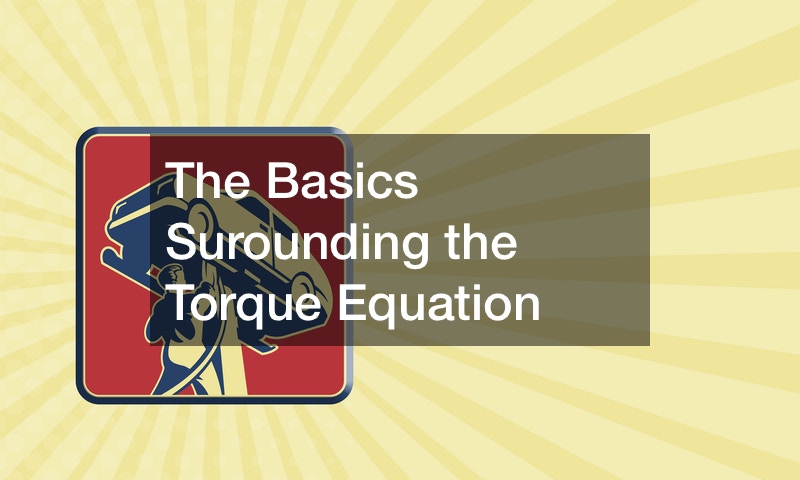
The torque equation is represented with the (formula) equation. While T represents the torque factor, F is a given force. On the other hand, 0 is the angle between the force vector and the moment arm, while r is the arm’s length of the moment.
Watch this video for a definitive explanation of the torque equation factor. Read on to understand the torque factor and its calculation process.
Understanding Torque
Torque is the power that triggers an object to develop in angular acceleration. Torques are calculated in vectors, and the vector’s direction depends on the direction via the axis where the force proliferates.
A simple way of illustrating the torque equation involves analyzing a door’s motion as it opens. Before opening the door, individuals place their hands on the knob and pull or push it open. This involves applying force on the door further away from the hinge.
An individual should apply more force to push the door open from the closest part of the hinge. Calculating torque equations can be static or dynamic. Static torque doesn’t involve acceleration through an axis, a force that doesn’t generate angular acceleration.
Understanding torque equation factors can be hard, but qualified experts can help you.

